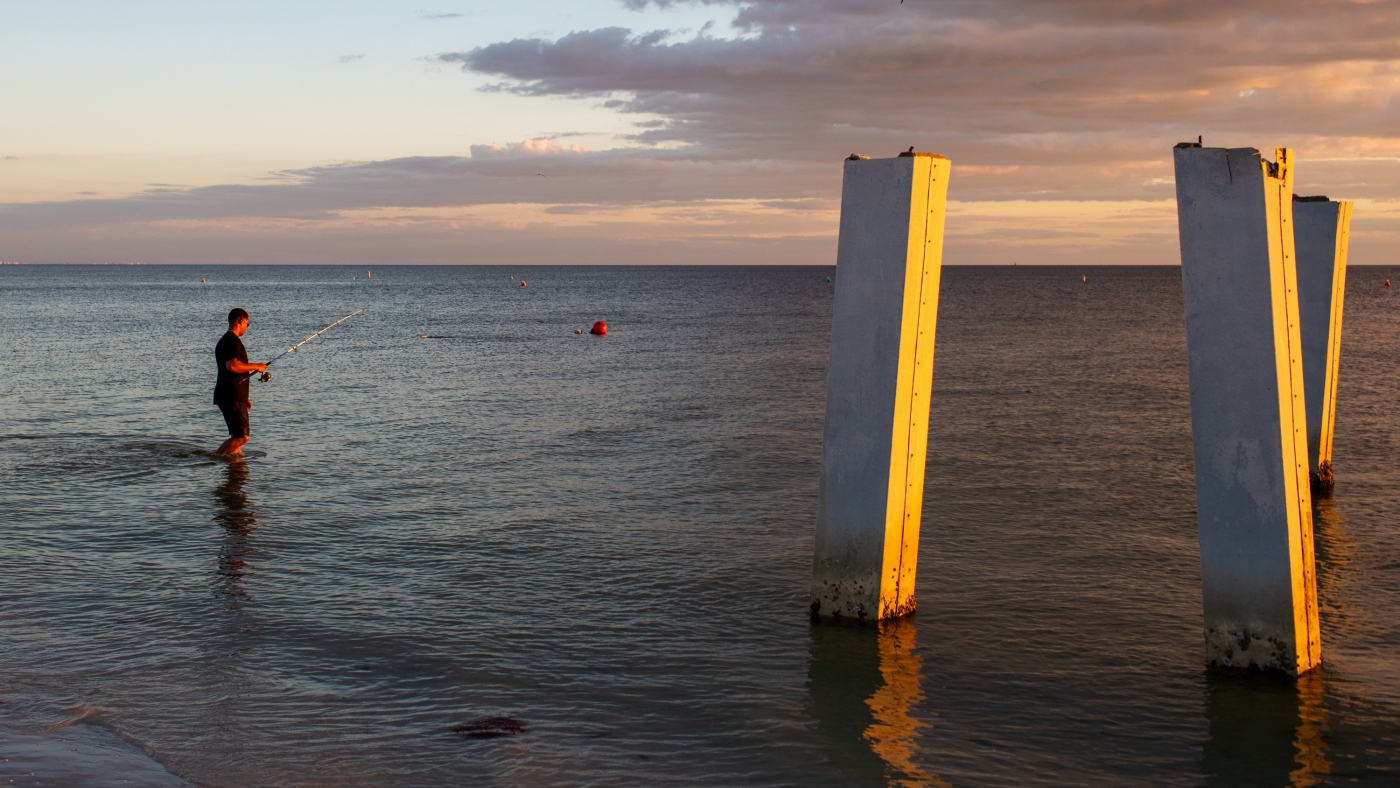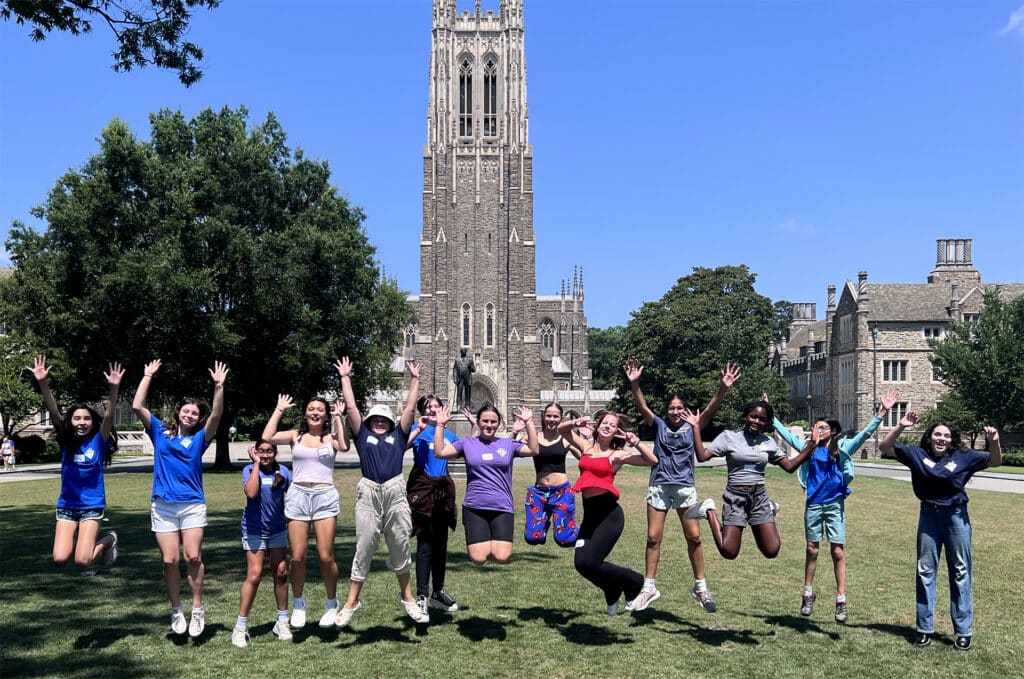Three years after Hurricane Ian devastated Fort Myers Beach, the community is grappling with rising costs that threaten its middle-class residents. The storm, which made landfall in September 2022 with winds reaching 155 miles per hour, has left a lasting impact on the area, where ongoing construction and vacant lots tell the story of a town struggling to rebuild.
Jacki Liszak, chief executive of the Fort Myers Beach Chamber of Commerce, reflects on the situation: “We are nowhere near where we thought we would be three years ago today. I don’t think we understood what happened to us — the extent of it.” The financial challenges facing residents are compounded by soaring construction and property insurance costs, pushing many long-time locals out of the community they once called home.
Insurance Crisis Exacerbates Housing Affordability
The transformation of Fort Myers Beach is indicative of a broader trend in southwest Florida, where affluent newcomers have driven up housing costs for working and middle-class families. Rob Fowler, president of Fowler Construction & Development, notes, “That gentrification is a real thing, the change in the cost is a real thing. And it all adds up to the fact that only well-heeled players can play now.”
According to real estate experts, the average cost of homeowners insurance in Florida has surged, now exceeding $5,700 per year, making it the highest in the nation after Nebraska and Louisiana. Flood insurance costs have also skyrocketed, particularly for properties in high-risk zones. Many residents are finding it increasingly difficult to afford the necessary coverage, a situation worsened by Hurricane Ian’s destructive legacy.
Karen Rodriguez, an executive at Habitat for Humanity in Lee and Hendry Counties, has observed a dramatic increase in insurance quotes, with many doubling post-storm. This financial strain is forcing families to reconsider their living situations, with foreclosures looming as a real possibility for struggling homeowners.
Impact on Community and Local Businesses
The aftermath of Hurricane Ian has profoundly affected the local economy. In Lee County, the average home value fell by more than 10% from the previous year, according to Zillow. As property values decline, communities face potential long-term economic repercussions. David Burt, chief executive of DeltaTerra Capital, warns of a “long-lasting economic shock” as rising insurance costs impact home values and decrease property-tax revenues for local governments.
Homeowners are not the only ones feeling the pinch. Renters are also facing rising costs, as landlords pass on increased insurance expenses. Melyssa Caballero, who relocated to Lee County in 2022, reports that her rent has more than doubled. She fears that the escalating costs will force her to leave Florida, mirroring a trend noted in a recent report from the Florida Chamber of Commerce, which stated that nearly 511,000 people moved out of the state in 2023, the highest figure recorded.
Despite these challenges, some residents remain hopeful about the future of Fort Myers Beach. Scott Safford, a town councilman, believes that the community will eventually rebound, stating, “I still think that this island is going to come back.” Yet, he acknowledges that many local businesses may not survive the transition, as national chains begin to take their place.
As the town continues to rebuild, there is a pressing need for investment to sustain the tax base and support local businesses. Liszak expresses concern about the potential for another storm to hit before the community is fully prepared, stating, “That will economically set us back another five to 10 years.”
The struggle for Fort Myers Beach encapsulates a larger narrative of communities across the United States facing similar pressures from climate change and rising insurance costs. As the region grapples with these challenges, the future remains uncertain for many families and businesses that have long called this vibrant coastal town home.







